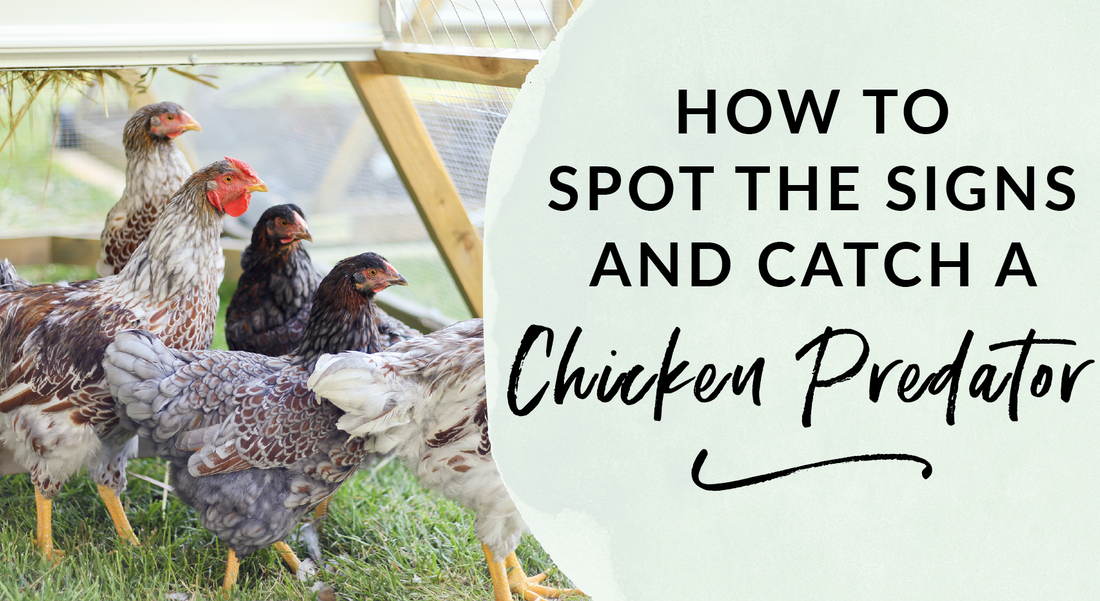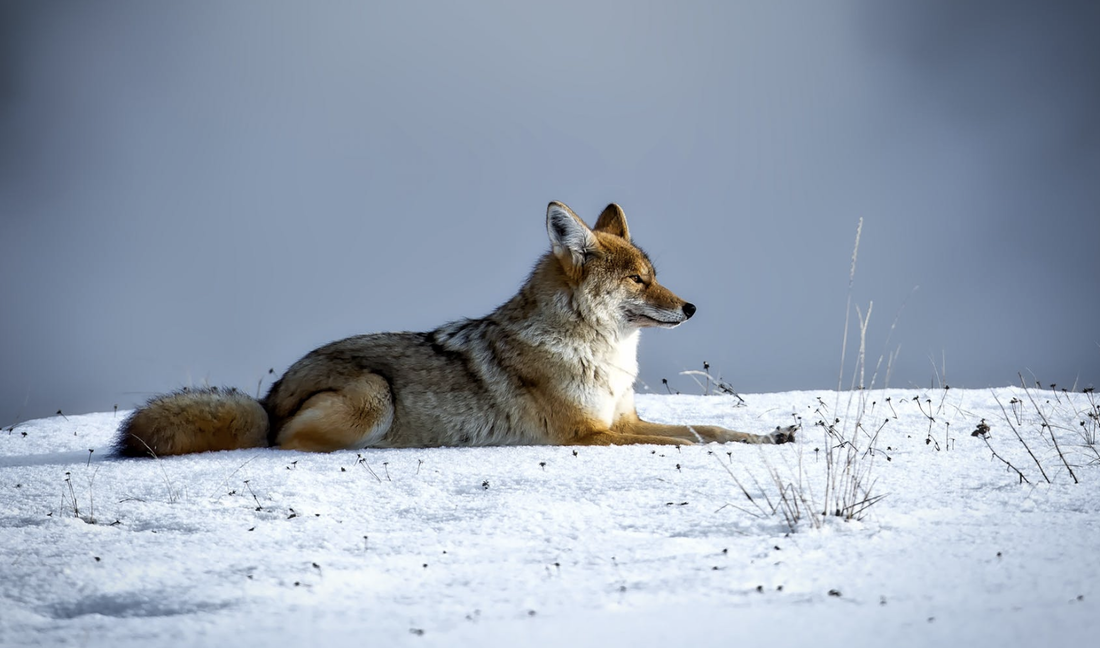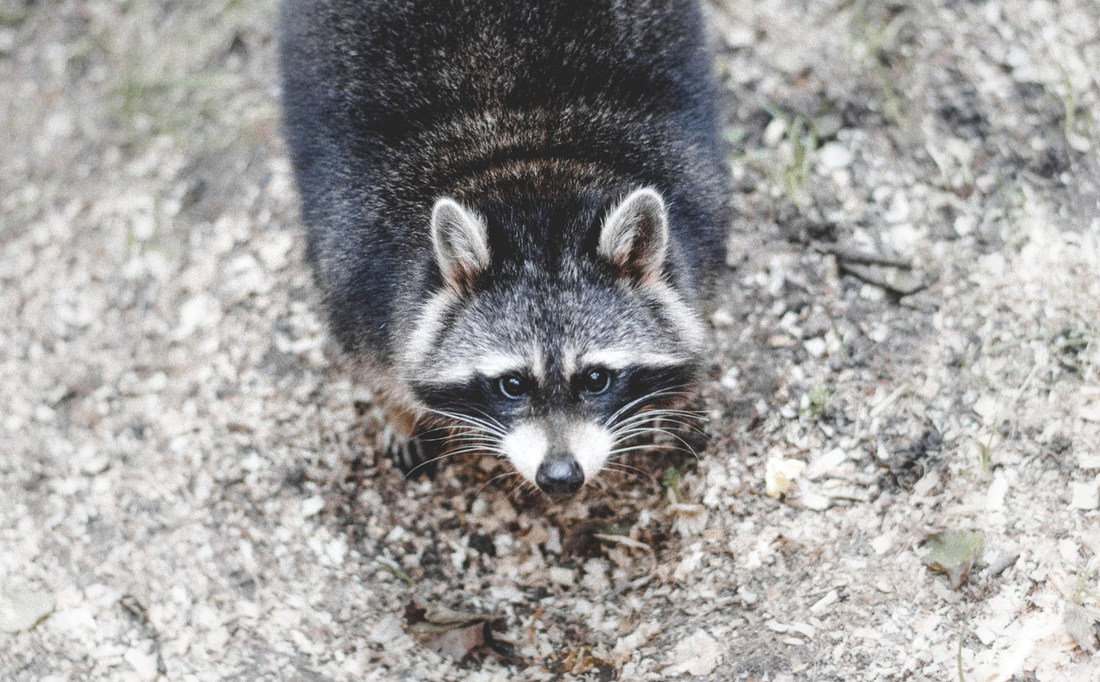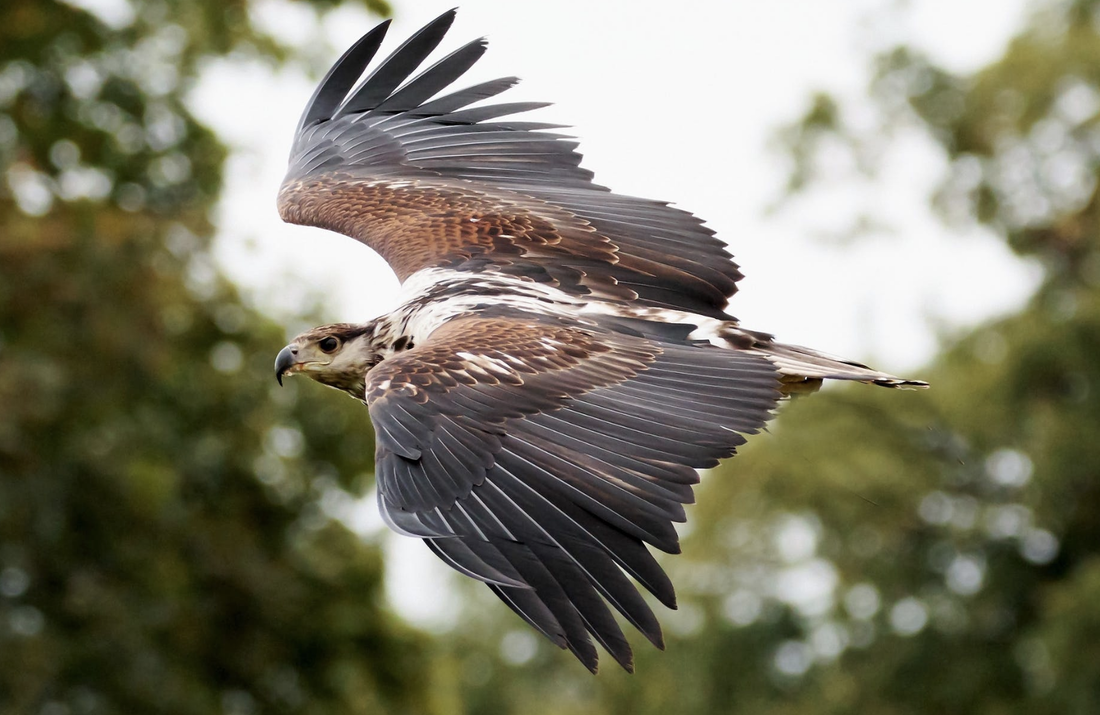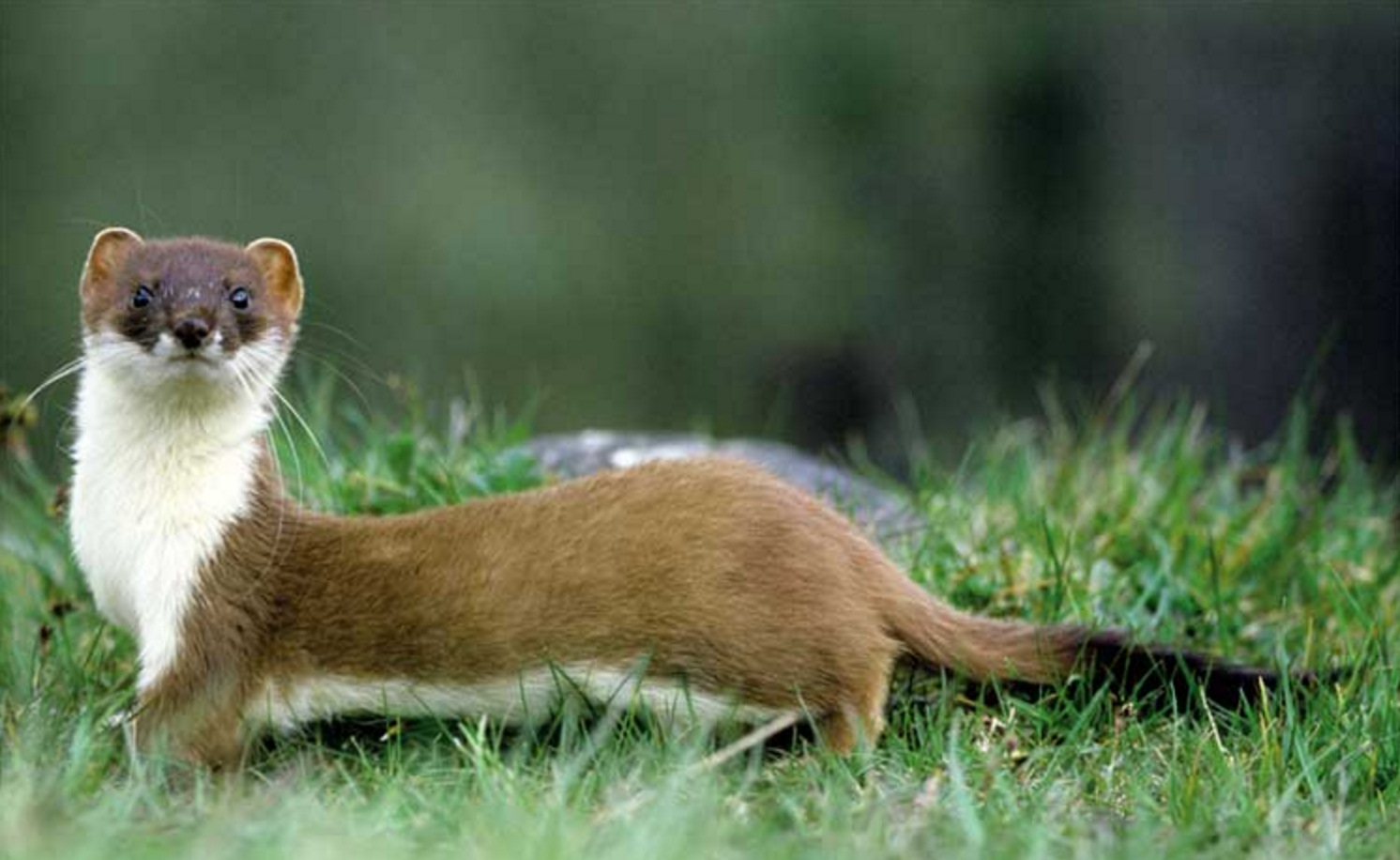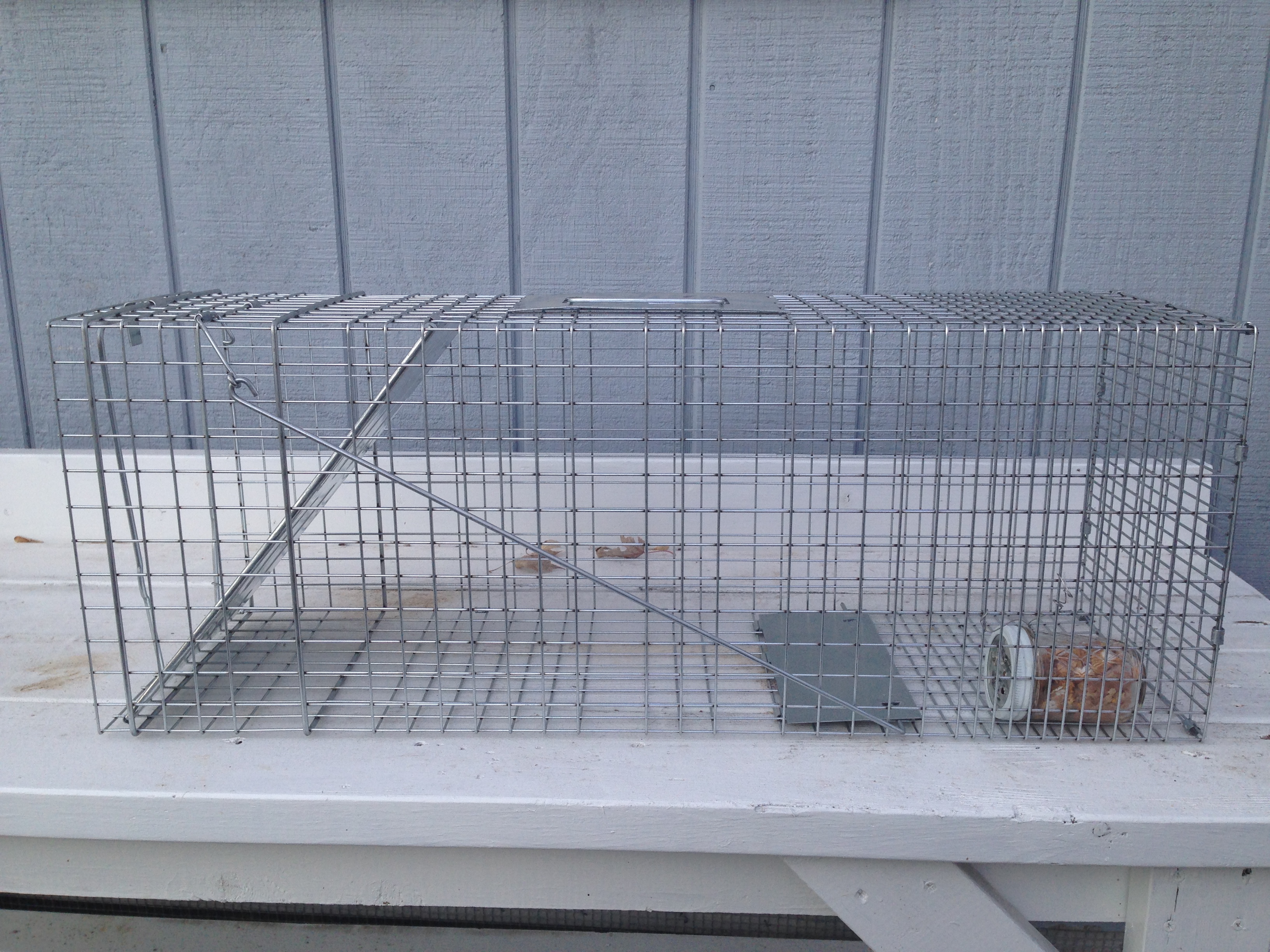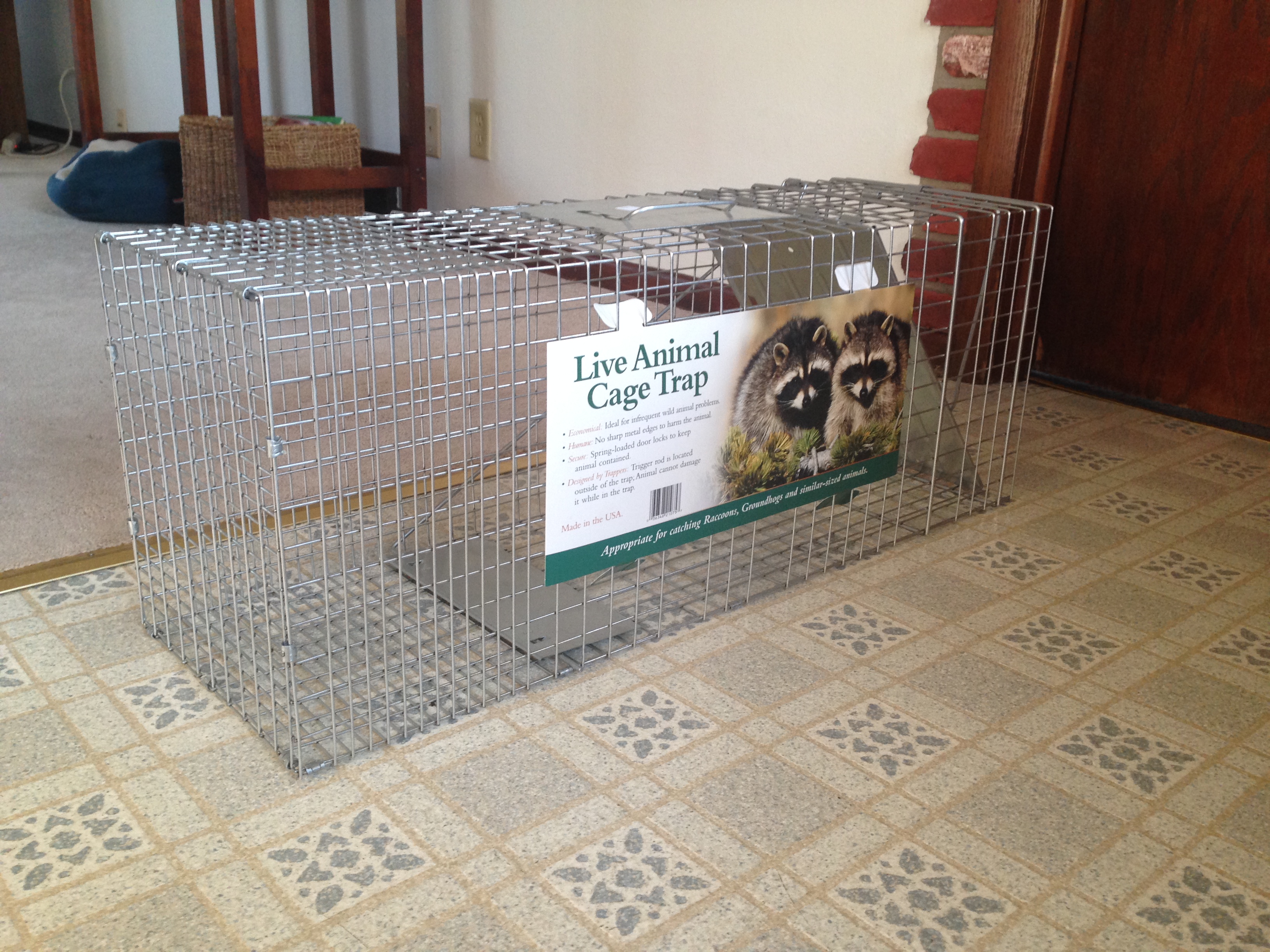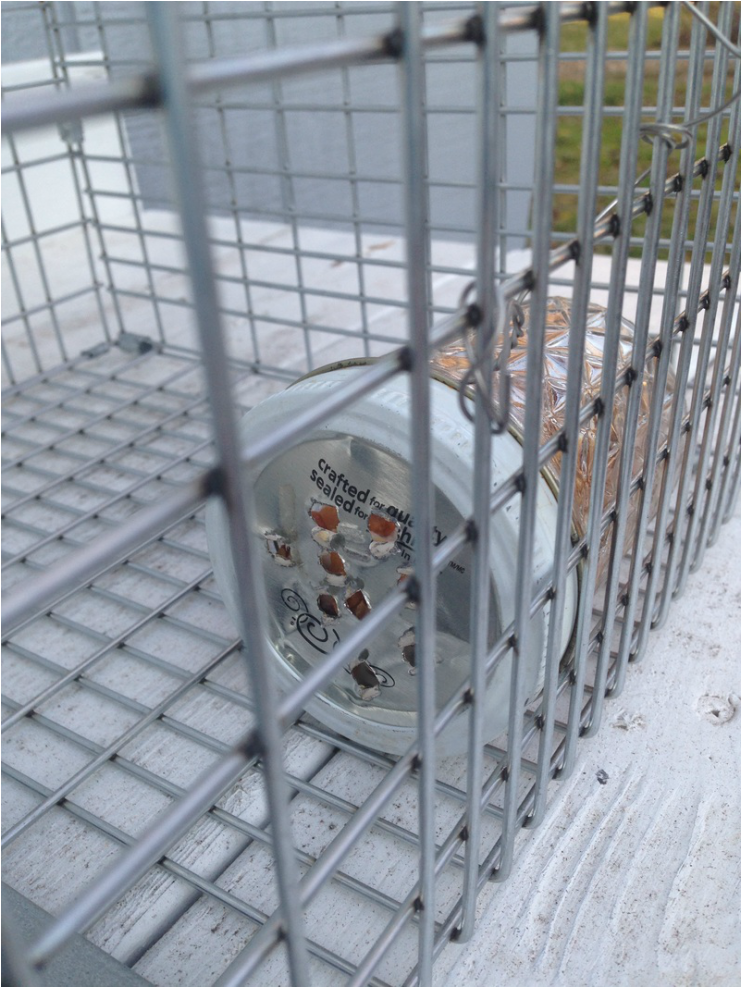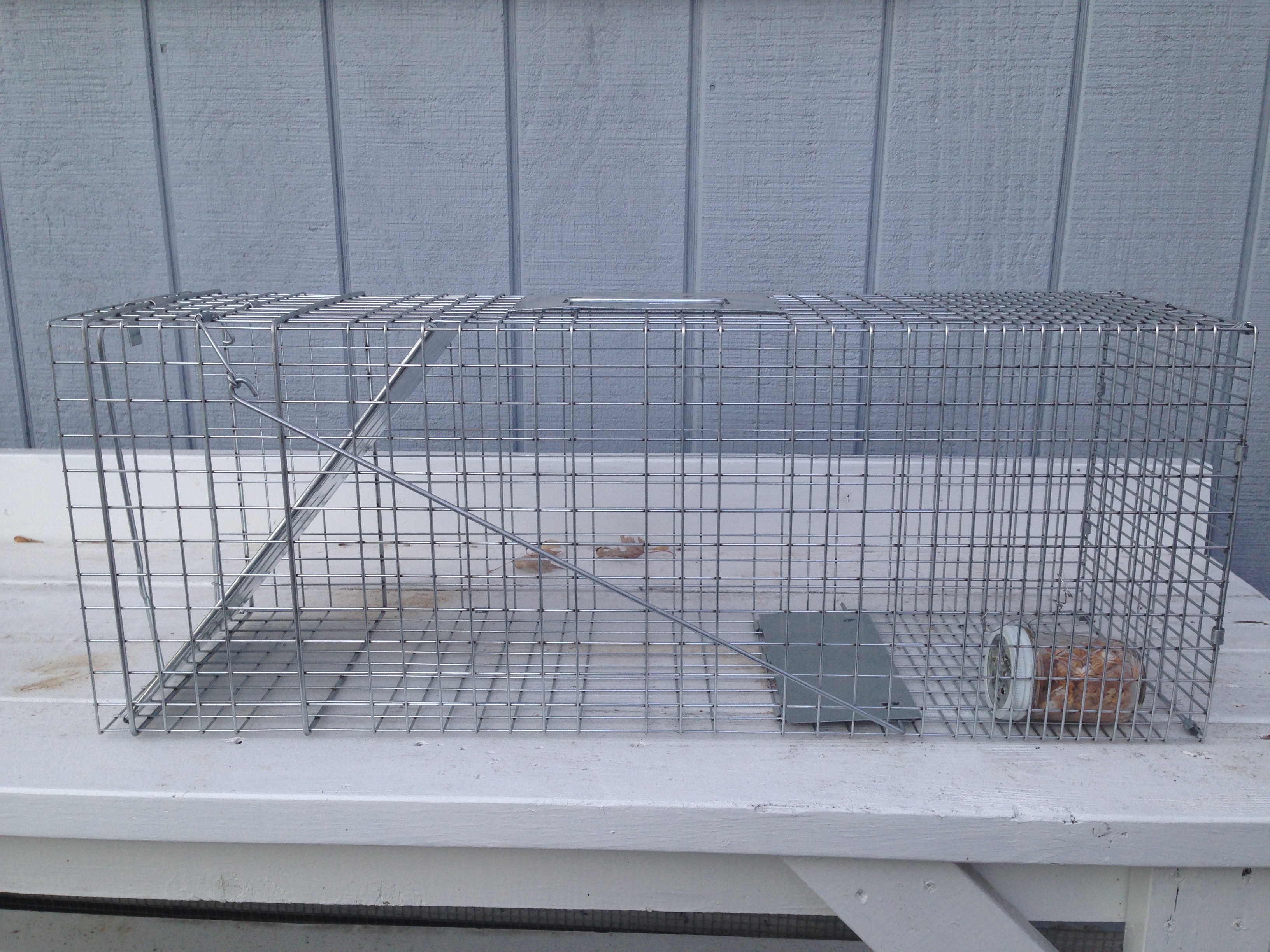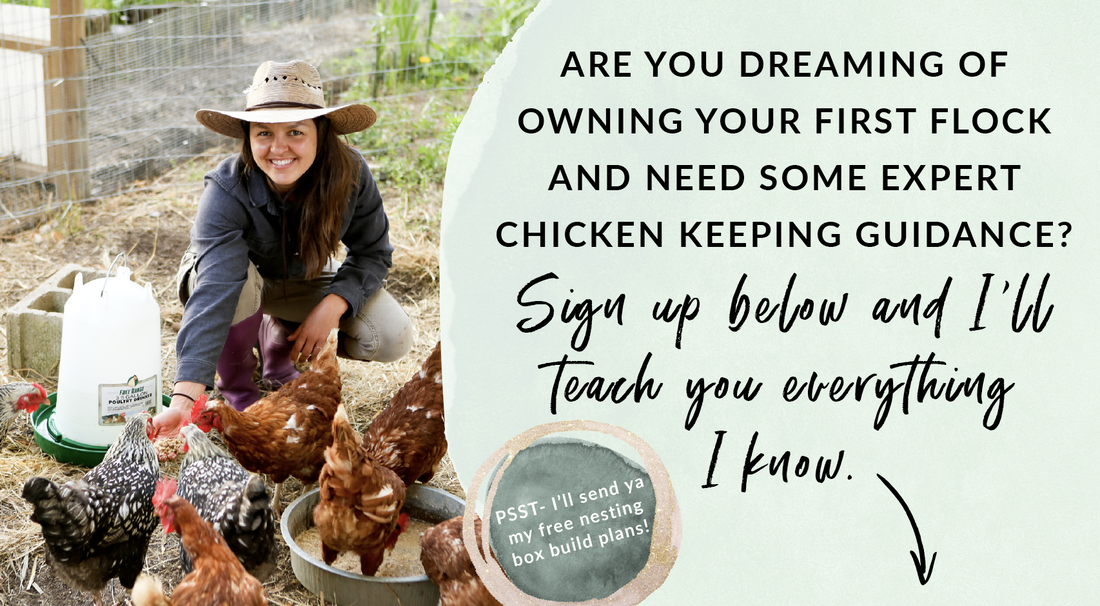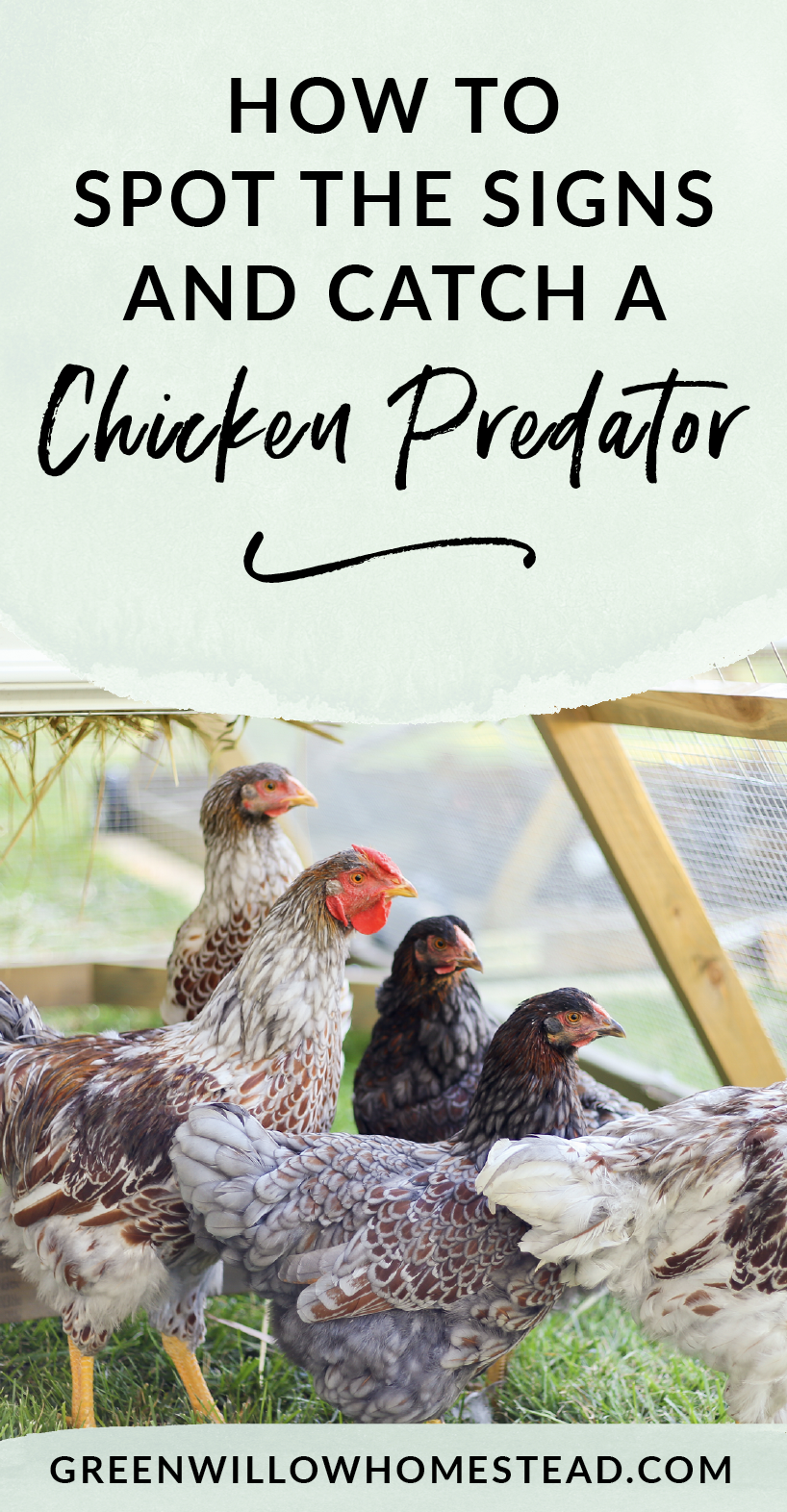|
I have sad news my fellow chicken lovers. We lost one of our Silver Laced Wyandottes last night. Cue the violin!
Paul and I have had the habit of going out to close up the coop around 7pm well after the sun has set, which I will admit was lazy on our part. Upon opening up the coop we found feathers everywhere, three chickens were cowering in the corner under the nesting boxes, four were hiding underneath the coop itself, and one was laying in the middle of the run with its head severed from its body. Clearly, there had been a predator through our chicken run. This incident was especially troubling because whatever it was, it was able to get through or over our fence. Paul likes to call our chicken run Fort Knox, but after last night we are questioning our perspective. What could have gotten through and killed one of our birds? Common Chicken Predators
Coyotes
Here in southeastern Wisconsin, there are tons of coyotes. We can hear them partying at night like a bunch of 12-year-old girls, literally, that's what they sound like. The neighbors have all warned us on how bad the coyotes are, they have all owned their fair share of chickens, and subsequently lost them. Coyotes operate at night. They are nocturnal creatures that hunt alone as well as in packs. Here in Franklin with things being a bit more on the rural side, we expect them, but even residential coop owners should be wary. Now more than ever in southeastern Wisconsin coyotes are spotted closer and closer to residential and even urban areas. If your birds free range and are not locked up at night, then you can bet a chicken massacre is in your near future. Signs to spot if a coyote has been through your coop are if lots of feathers and blood are everywhere, but no chicken body. If the coyote has taken the time to stalk and kill, they will drag their kill off to another location and eat it, leaving you with no corpse to be found. Coyotes who are hungry enough will stay and continue to kill, sometimes they can take out an entire flock! The thing is though, they do eat nearly the entire bird, they don't leave the body if they don't have to. Ways to avoid a coyote attack on your chickens is to lock the birds up at night and let them free range within the confines of an electric fence. After researching their kill patterns, I don't think a coyote is what nabbed our chicken. Side note: The extension office out of Madison has created a wonderful resource for residents on how to deal with (i.e. haze) coyotes.
Raccoons
Raccoons, nicknamed the masked robber, are infamous chicken killers and egg stealers. These clever creatures can climb fences, undo simple locks on coop doors, and reach through chicken wire to kill your birds. They operate mainly at night, so if you do see one during the day be cautious. Even though the raccoon may just be hungry enough to be out during the day, rabies is a serious issue with these guys. When a raccoon gets into your chicken run or coop, they usually will sever the head from the body of your chicken in order to eat the crop and sometimes the chest. This beheading can be done to an entire flock in one evening. Some surmise that they leave the chicken body because it is too heavy for the raccoon to carry. Raccoons have even been known to reach through the chicken wire, grab your chicken, and behead it. In order to better protect your flock be sure to lock the coop up just as it gets dark (this was mistake #1 on our part!). Since raccoons are active at dusk, beating them to the punch is important when tucking your birds in at night. When creating your chicken run, be sure to use 1/4" fencing along the lower border of your fence to prevent raccoons from reaching through to grab your birds. As for locks, many tips I have read encourage chicken owners to use a two-step process for their locks. In other words, a simple gate lock with a carabiner clipped through to secure it in place will do just fine. The raccoon is #1 on my list as the culprit. Although we didn't get a good look to see if her crop had been eaten, a raccoon for this area makes the most sense. If you do have a raccoon causing havoc, scroll down to learn how we set a live trap to capture her.
Birds of Prey - Hawks, Falcons, and Owls
Next on the predator list for chickens are hawks and owls. In Wisconsin, we have a handful of different species of owls, but the main culprits are Horned owls, Barred owls, and Northern Hawk Owls. Horned owls and Barred owls hunt at night while the Northern Hawk owls hunt early morning and late afternoon. These birds of prey love nesting in abandoned buildings, so if you have some old homesteads nearby you can bet there may be a few calling those buildings home.
As for hawks and falcons, there are dozens of different species. You can find them perched on old barn roofs, telephone poles, and soaring up above your head during most times of the day. These birds of prey are extremely smart and agile birds. Their hunting style is to watch and observe your flock and swoop in silently to make their kill. They are able to carry off the entire bird, so chickens simply disappearing with no sign of struggle can often mean a bird of prey has been in the area. Owls', Falcons', and hawks' talons are so sharp that they can cut a chicken's neck like a pair of kitchen shears. If you want to keep the threat of birds of prey at bay, string plastic poultry netting over the top of your run. Others have reported that ribbons, strobe lights, and wind chimes help, but I would go the whole nine yards and cover that chicken run up. This will also double as raccoon prevention to keep the raccoons from being able to climb up and over the fence! With all that being said, I don't think what we experienced was a bird of prey. We have actually seen them in the area, and they have killed other creatures like possums and cats, but the evidence doesn't point in their direction.
Weasels
In Wisconsin, there are a few different types of weasels that can be after your chickens. The Long Tailed weasel, the Short Tailed weasel, the Least weasel, mink, and fishers. All of these creatures would love to get their teeth around your chicken's neck, the fisher being the largest and most maniacal of the group. A little story about fishers, these dudes will kill your chickens for fun. Yes, FUN. They will sever the head from the body and then drag the body and stuff in the hollow trunk of a tree. Fishers will repeat this process until the hollow stump is stuffed with headless chicken bodies, and then move on. There needs to be a serial killer movie made about this animal. Weasels can range in size from the size of a mouse to up to 70 lbs (wolverines, yeah, crazy I know)! The Least weasel is the smallest for Wisconsin, meaning they can get through those tiny fence holes with their lithe little bodies. The smaller weasels primarily hunt mice, so if you have spotted mice in your coop as of lately, there may be weasels on the prowl close by. Often times a weasel will, ahem, weasel its way into your coop at night to hunt mice, but will promptly find itself with a whole chicken buffet. The weasel will kill your bird by wrapping its long body around the chicken, pinning its wings down, and then will take small tiny bites at the base of the skull in order to behead it. Once the chicken is beheaded the weasel will realize it cannot take this gigantic kill with it anywhere to eat, and will promptly start on another bird in hopes of getting a second chance. There are a few ways to keep weasels at bay. The first is get rid of your mouse problem! This was problem #2 for us. We would scare mice out of the coop nearly every night when we would close up - prime weasel hunting. I started setting a live mouse trap that can capture up to ten mice, and the first night we caught six. I released them two miles up the road and I'll continue to do so until they are gone. This is another important point in getting your coop closed up as soon as it gets dark, even before dark, because it will keep the mice out. Also, check your fence. If you have nooks and crannies where weasels can get in, and you have mice, chances are you are one night away from a chicken massacre. If you've got weasels, be sure to read on as to how to catch them.
How to Catch a Raccoon or Weasel
I owe all my live trapping knowledge to this wonderful youtuber. If you want to watch a five minute video instead of reading on, click that link. Otherwise read on! What you will need to catch your Raccoon or Weasel:
4. Set the trap near the coop door. Be sure to toss some hay, leaves, or dirt over the metal flooring. Raccoons are smart and they can wise up quick based on the texture of where they are stepping.
5. Set the trap! 6. The next morning check your trap. If you were lucky and you caught your culprit, be sure to handle the cage with care. I suggest thick leather gloves! Once we catch our culprit I'll be sure to report back. My plan is to release the animal over 10 miles away on public land. Be sure to check with your city ordinances before you do this. Hopefully, our mistakes will keep you from losing a chicken. My the flock be with you!! Thank you!You have successfully joined our subscriber list.
5 Comments
Sue Sonn
7/6/2020 01:40:58 pm
I have lost chickens the last couple of nights. One night they tore hole in the chicken wire about the hardware fence. Killed two chickens. Ate craw and partial breast, but did not tear off heads. Last night , in another pen they pulled the temporary fence away above the gate. Tilting the motion light in the process. I believe this to be a raccoon but with their heads still attached ???????
Reply
Kelsey
7/8/2020 06:47:07 am
Hi Sue - I am so sorry to hear about your hens! My heart goes out to you. This definitely sounds like a raccoon to me!
Reply
9/3/2020 05:41:29 am
In this blog you will get to know about how to spot the signyamd catch a chicken predator.This article gives suggestions on limitations and delimitation of such selection. I enjoyed reading while going through this article and this is the best link for gaining all the information about it. If possible visit this website https://www.dukeswiremesh.com/ to gain more idea or tips on the same.
Reply
Cristina Peplinski
10/22/2020 11:38:30 pm
Hello,I have 5 free range tiny chicken for over a year now. something took my little rooster during the afternoon time.the only evidence that I found is a pile of his feathers near the coop.we are so heartbroken finding this!any info on what would have killed him?
Reply
Jamie
4/11/2022 07:34:18 am
We had the same thing happened to us yesterday but it was our rooster and one hen. The only thing we found were feathers. No blood or any other signs. And we know it was done during the day. We have no idea who took them
Reply
Leave a Reply. |
Meet Kelsey,Thanks for stopping by Green Willow Homestead! From chicken rearing to composting, we've got our hands full and we love sharing what we've learned along the way. Follow along as we turn the 80 acres we call home into a farm that serves its community and a homestead that nourishes us throughout the seasons. Grab the EbookListen in!FREE Guide!Tune in to our YouTube ChannelInspirationsCategories
All
Favorite Books of 20241. Erosion
2. Braiding Sweetgrass 3. As Long As Grass Grows 4. The Small Scale Poultry Flock 5. The Zero Waste Solution Archives
April 2024
|
FOLLOW KELSEY ON INSTAGRAM!
As an Amazon Associate I earn from qualifying purchases. |

